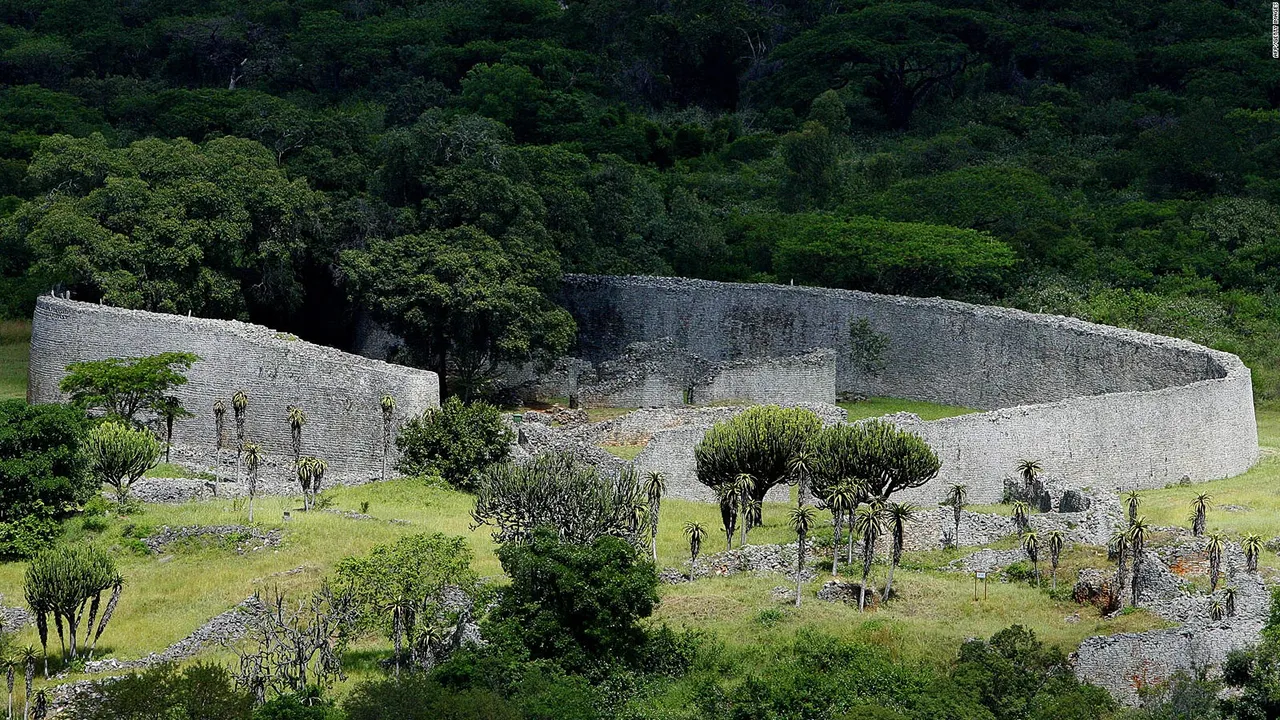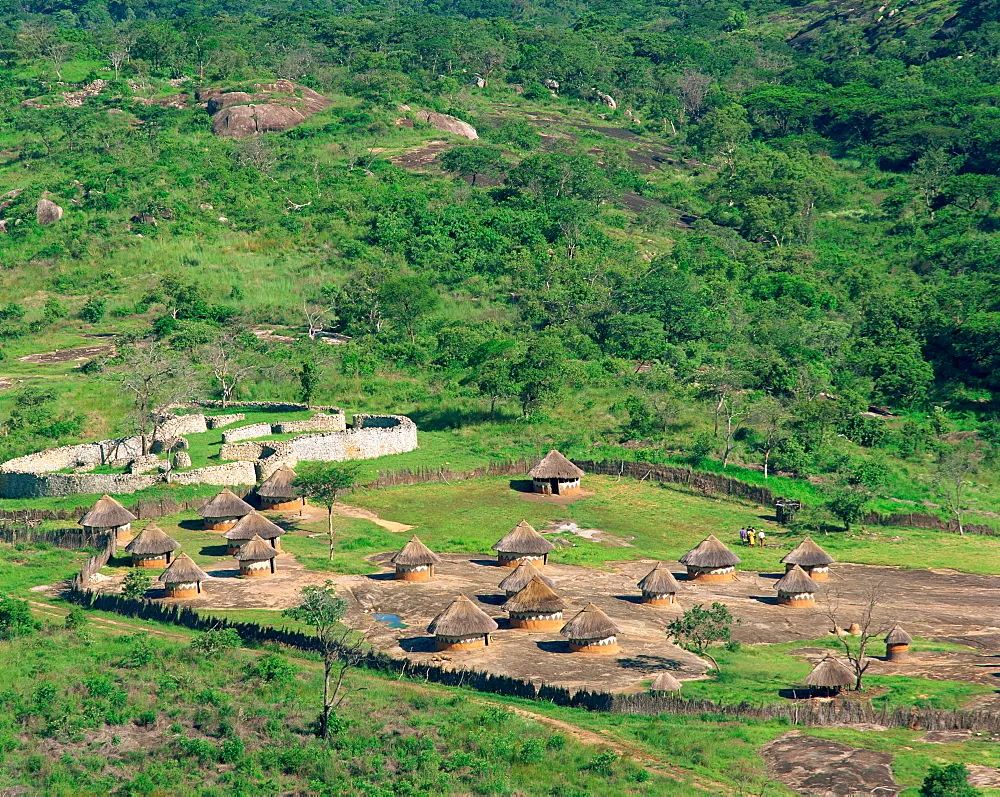Stretched across a tree-peppered stretch in southern Africa lies the spectacular ruins of Great Zimbabwe, a medieval stone city of bewildering wealth and prestige. Located in the current-day country of Zimbabwe, it's the sight of the substantial known settlement ruins in Sub-Saharan Africa, second on the continent only to the pyramids of The Great Egypt. But the history of this city is obscure in controversy, interpret by decades of debate about who built the city and why. Its name comes from the Shona (a member of a group of peoples inhabiting parts of southern Africa) word “Madzimbabwe”, meaning large house of stone for its unmeasurable stone walls that extend heights of nearly 10 meters and run for a length of two hundred and fifty (250) meters.

For its magnificence and historical importance, it was named one of UNESCO’s World Heritage site in 1986. Back in the 14th & 15th centuries, it was a flourishing city. Spread across almost 8 square-kilometers, Great Zimbabwe was described by three main locations: the Hill Complex Area, Which is designed for the king; the Great Enclosure, which is reserved for royal family of the king; and the normal Valley Complex, which is for normal citizens.
Rulers of the city were powerful by both economic and religious prospects for the region. At city’s highest point, it had an enormous urban population of 18000 people and it was one of the major African trade centers for its time. What allowed this growth to the Great Zimbabwe's authoritative role in an intercontinental trade network of Africa. As the city was connected to several key states and cities along with the East African Swahili Coastal area, it was part of the greatest Indian Ocean trade routes at that time.
The city produced its riches by hegemonizing the sources and trade of the most precious items like gold, copper and ivory. With its mercantile power, “Madzimbabwe” was able to expand its sphere of supremacy across the continents, strengthening a strong Indian & Arab trader companionship throughout its pinnacle. Archaeologists have since reassemble all the details of city’s history through artifacts that have discovered on site’s excavation.

There were pottery fragments and glass works from Asia and as well as coins that were minted in the coastal peddle city of Kilwa Kisiwani over 1500 miles away from the city. Archaeologist also found soapstone bird figures, which are thought to illustrate each of the city's rulers, and also young calf bones only unearthed near the royal palace, show how the food habits of the royal family differed from the general public. These clues have also guided to theories about why the city has declined over the period.
By the end of 15th century, the buildings of Great Zimbabwe were nearly all that remained. Their evidence led to over population and sanitation as the causes, aggravate by soil depletion caused by over use. Ultimately, the crops withered and conditions in Great Zimbabwe worsened, the citizens of Great Zimbabwe is thought to have scattered and formed the nearby Mutapa and Torwa cities. Centuries later, a new chapter of Great Zimbabwe's influence started to play out in the political arena as people argued who had built the famous city of stones.

In the time of European colonization of Africa, colonial bureaucrats claimed the ruins does not belongs to African origin. So, without a thorough written record on hand, they alternately relied on myths to explication the magnificence of Great Zimbabwe. Some people claimed it proved that Bible story of the Queen of Sheba who once lived in a city of riches. Some other argued that it was built by some Ancient Greeks. Then, in the early twentieth century after large-scale excavation at the city ruins, the archaeologist David Randall-MacIver submitted a clear proof that Great Zimbabwe was built by African indigenous peoples. In fact, the government deliberately encouraged historians to start accounts that debated the city's African origins. By the time, however, an immense body of evidence exhibited, saying that Great Zimbabwe as an African city built by African ancestors.
In the course of 1960s and 70s, Great Zimbabwe became a significant symbol for the African Nationalist movement which was widened across the continent. Today, the ruins at Great Zimbabwe, mentioned on the Zimbabwean national flag by a soapstone bird, still stand as a origin of national pride and cultural value to the country.

